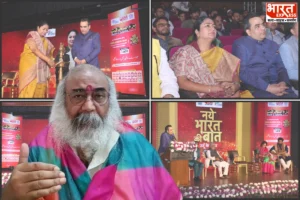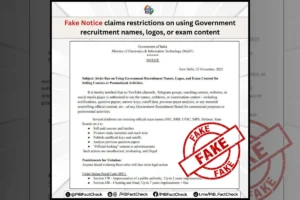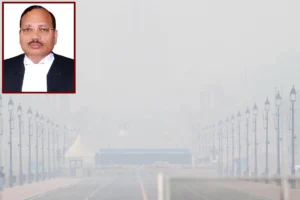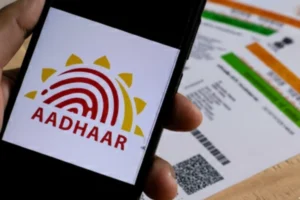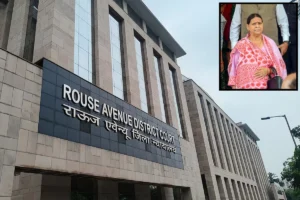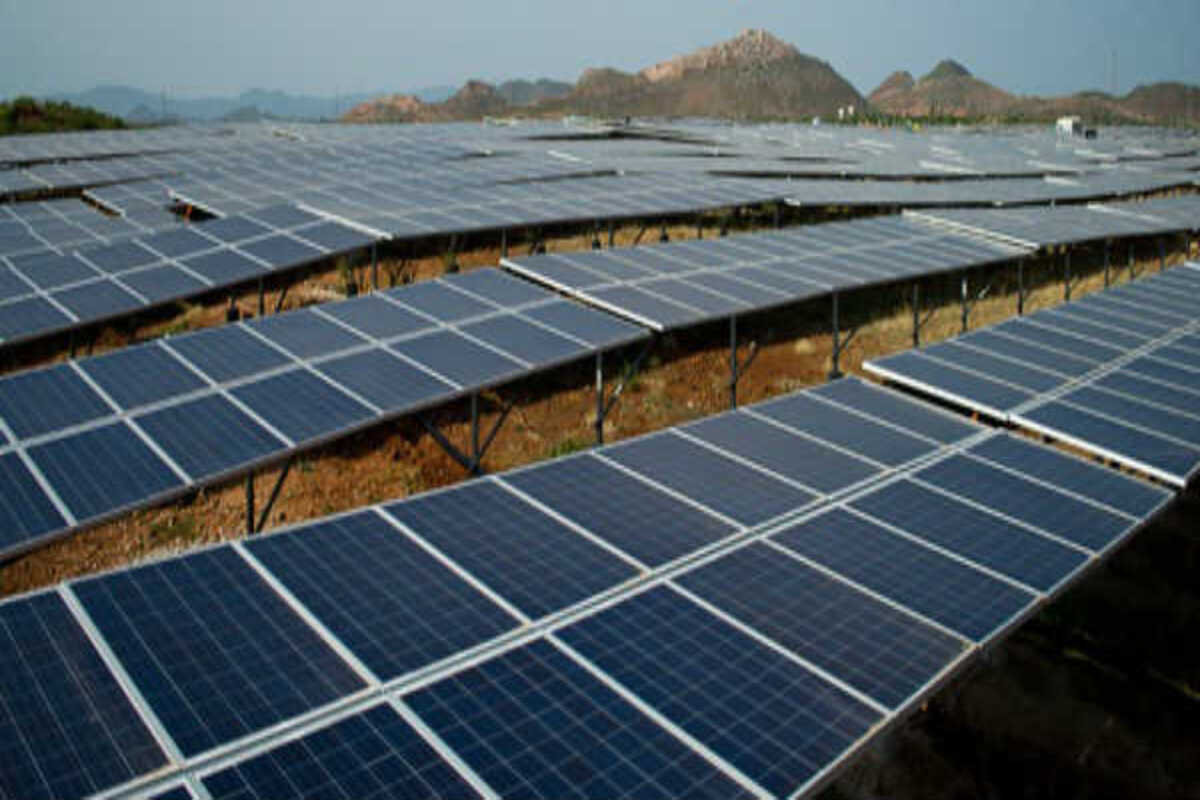
In a recent announcement, Union Minister R K Singh revealed a substantial investment of Rs 17.05 lakh crore in the power and renewable energy sector, attracting a cumulative investment of around Rs 16.93 lakh crore since 2014. Singh outlined key developments, including the construction of 80 GW of thermal power generation capacity and 99 GW of renewable energy projects by 2030.
Providing insights into the Electricity (Amendment) Rules 2024, Singh highlighted the significant investment distribution, with Rs 11.2 lakh crore allocated to generation, distribution, and transmission, and Rs 5.73 lakh crore directed towards the renewable energy sector. An additional investment of Rs 17.05 lakh crore is anticipated in the pipeline, with Rs 7.4 lakh crore earmarked for the power sector and Rs 9.65 lakh crore for renewables.
Also Read: Cooperative sector to play important role in making India 3rd largest economy: Gujarat CM
Singh emphasized the expected surge in India’s power generation capacity to surpass 800 GW from the current 428 GW. The government aims to auction 50 GW of renewable energy projects annually to further bolster the country’s energy landscape.
The new Electricity (Amendment) Rules introduce progressive measures, allowing consumers with specified loads and Energy Storage Systems (ESS) to independently establish dedicated transmission lines without the need for a license. This move creates a new category of Bulk Consumers, enhancing affordability and grid reliability.
Also Read: Ram temple ‘Pran Pratishtha’: Haryana govt declares dry day on Jan 22
The rules, extending benefits already available to generating companies and captive generating stations, seek to facilitate the energy transition and improve energy security. Bulk consumers and energy storage systems (minimum 25 MW) can now seamlessly connect to the grid without obtaining a license, contributing to faster establishment and accessibility.
To promote competitive electricity rates, the rules rationalize open access charges, introducing methodologies for various charges such as wheeling charges, state transmission charges, and additional surcharges. Notably, the additional surcharge for Open Access Consumers will be gradually reduced and eliminated within four years.
Also Read: IndiGo Passenger Says ‘Sorry Sir’ After Slapping Pilot | WATCH
Addressing the financial health of distribution companies (discus), the rules focus on cost-reflective tariffs and eliminating revenue gaps. Provisions ensure that revenue gaps, except under extraordinary circumstances like natural calamities, are minimized and liquidated within a stipulated timeframe.
Singh announced that these measures have already resulted in a substantial reduction of distribution company losses from 27% in 2014 to 15.41% in 2022-23. The removal of the licensing requirement for dedicated transmission lines in industries is expected to catalyze ease of doing business, fostering accelerated industrial growth and job creation.
To read more such news, download Bharat Express news apps










